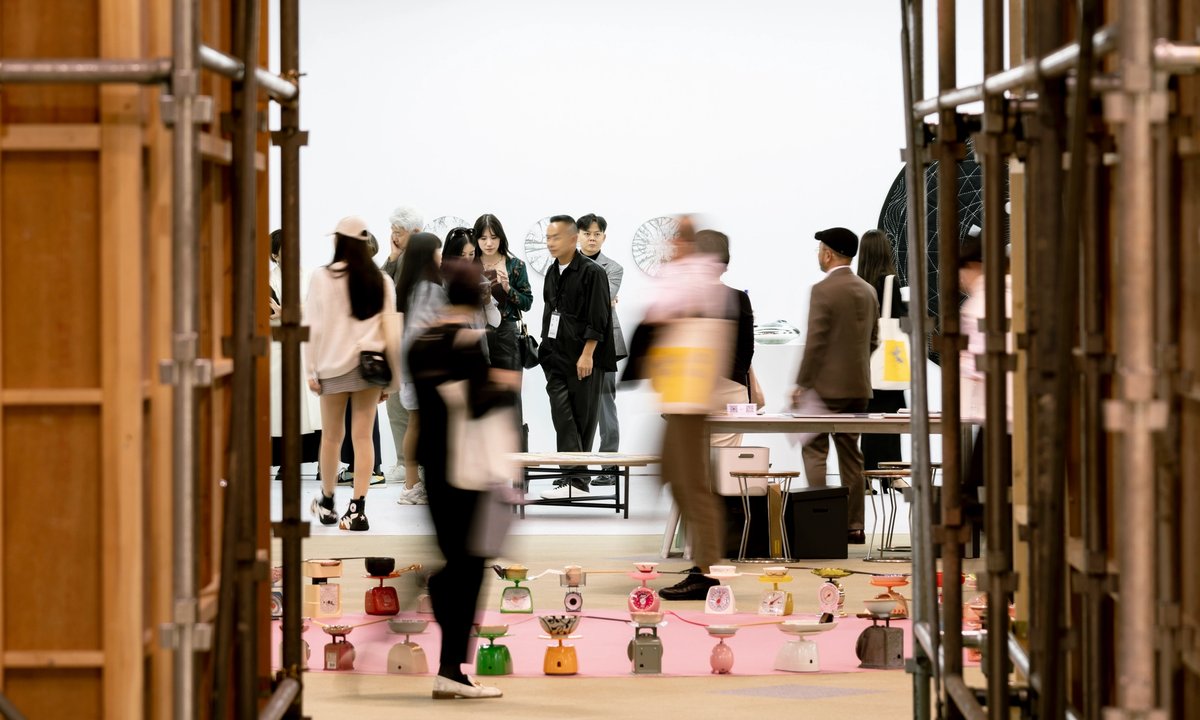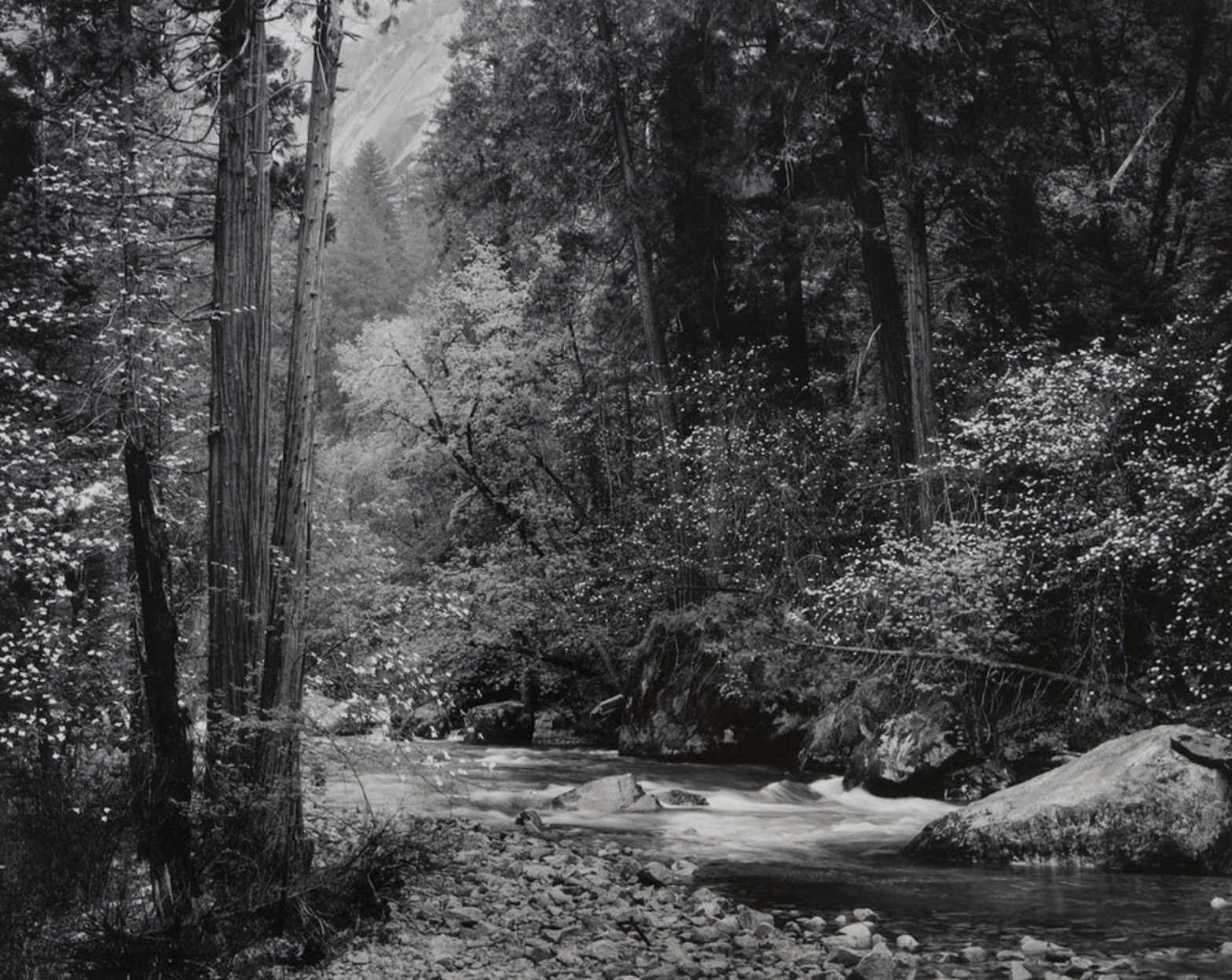Thomas H. Lee, an iconic figure in private equity and a major art collector and patron, died at 78 on Thursday, a family spokesperson said. A cause of death was not given.
“The family is extremely saddened by Tom’s death,” Michael Sitrick, the spokesperson, said in a statement. “While the world knew him as one of the pioneers in the private equity business and a successful businessman, we knew him as a devoted husband, father, grandfather, sibling, friend and philanthropist who always put others’ needs before his own. Our hearts are broken. We ask that our privacy be respected and that we be allowed to grieve.”
Lee was best known for one deal: acquiring Snapple for $135 million in 1992, taking it public only months later, and then selling it, a mere two years later, to Quaker Oats for $1.7 billion. One of countless deals made over his career, this one was controversial at the time, not just because that $1.7 billion amounted to about $14 a share (or just below half its high a few months before), but because it brought Snapple under the same company that owned Gatorade. It effectively launched what the New York Times once called the “juice wars.”
About a decade into his career, Lee founded his Boston-based firm, Thomas H. Lee Partners, in 1974 with $150,000 (part inheritance, part family loan). Another highly publicized deal later in his career came in the form of a $2.6 billion buyout of Warner Music in 2004. In 2006 Lee resigned from the firm, in a separation he said was “completely amicable” and “planned for years.” He soon formed a new company, now called Lee Equity.
In addition to his business endeavors, Lee was also a major art collector. He first appeared on the ARTnews Top 200 Collectors list in 1995 and then, beginning in 1996, alongside his second wife, Ann G. Tenenbaum, until 2013.
His collecting bug was no doubt spurred by his parents, Mildred and Herbert Lee, who sold seven works from their collection at Sotheby’s in 1998, including pieces by Picasso, Jasper Johns, and Robert Rauschenberg. After donating a large sum to the Whitney in 1997, he asked that the museum rename its second-floor galleries after his parents.
From 1968 to 1995, Lee was married to Barbara Fish Lee, who built her own collection focused on art by women artists. In 1996 he married Tenenbaum, with whom he built one of the most important collections of photography in the country.
Their holdings in the medium were the subject of a 2020 exhibition, titled “Photography’s Last Century: The Ann Tenenbaum and Thomas H. Lee Collection,” that was held at the Metropolitan Museum of Art to celebrate the couple’s promised gift of the collection to the museum on the occasion of its 150th anniversary. (Tenenbaum was a Met trustee at the time.) The show featured nearly 100 works, including ones by Paul Strand, Diane Arbus, Richard Avedon, Walker Evans, László Moholy-Nagy, Man Ray, Cindy Sherman, Lee Friedlander, Nan Goldin, Zanele Muholi, Laurie Simmons, Mickalene Thomas, and Lyle Ashton Harris.
In a statement at the time of the couple’s Met donation, museum director Max Hollein said, “From works by celebrated masters to lesser-known artists, this collection encourages a deeper understanding of the formative years of photography, and significantly enhances our holdings of key works by women, broadening the stories we can tell in our galleries and allowing us to celebrate a whole range of crucial artists at The Met.”
In addition to the photographic holdings, Lee and Tenenbaum also owned works by major artists working in other mediums like Francis Bacon, Jean-Michel Basquiat, John Chamberlain, Dan Flavin, Jasper Johns, Ellsworth Kelly, Jeff Koons, Piet Mondrian, Georgia O’Keeffe, Jackson Pollock, Robert Rauschenberg, and Andy Warhol. The couple’s Kelly work, a 1964 painting titled Red Blue (EK 335), is a promised gift to the Whitney and was included in a 2003 survey at the museum on Kelly.
Lee was also a regular at the auction houses, spending top dollar for coveted works. The year he bought Snapple, he paid $1.7 million for a 1949 drip painting by Pollock, titled No. 22, at Christie’s May 1994 contemporary art sales; that price was just below its $2 million to $3 million estimate. In November 1995, Lee bought what was then the most expensive work ever sold at a Sotheby’s evening sale, a 1944 abstraction by Arshile Gorky. The Gorky was sold for $4 million, setting a record for the artist at the time. In May 1997, he paid $4.1 million at Christie’s for a 1929 Mondrian from the collection of Jacques Koerfer. Then in May 2000, he beat out another collector to purchase Sigmar Polke’s 1968 dot painting Two Women, for $1.6 million, which also set a record for the artist.
An honorary trustee of the Whitney Museum, Lee was also a supporter of the Museum of Modern Art, Lincoln Center, and Harvard University, as well as a major donor to James Turrell’s Roden Crater project.
In a statement to ARTnews, Whitney director Adam D. Weinberg said, “I am heartbroken over the loss of Tom Lee, a beloved Honorary Trustee and resolute, generous supporter of the Whitney Museum. A Trustee for nearly three decades, Tom embodied the passion, dedication, and vision that drives our mission forward. His courage, tenacity, generosity, and sense of humor endeared him to us all. He leaves behind an indelible mark on the Whitney and on our hearts. He was a dear, dear friend, and I will miss him terribly.”
Angelica Villa contributed research.

